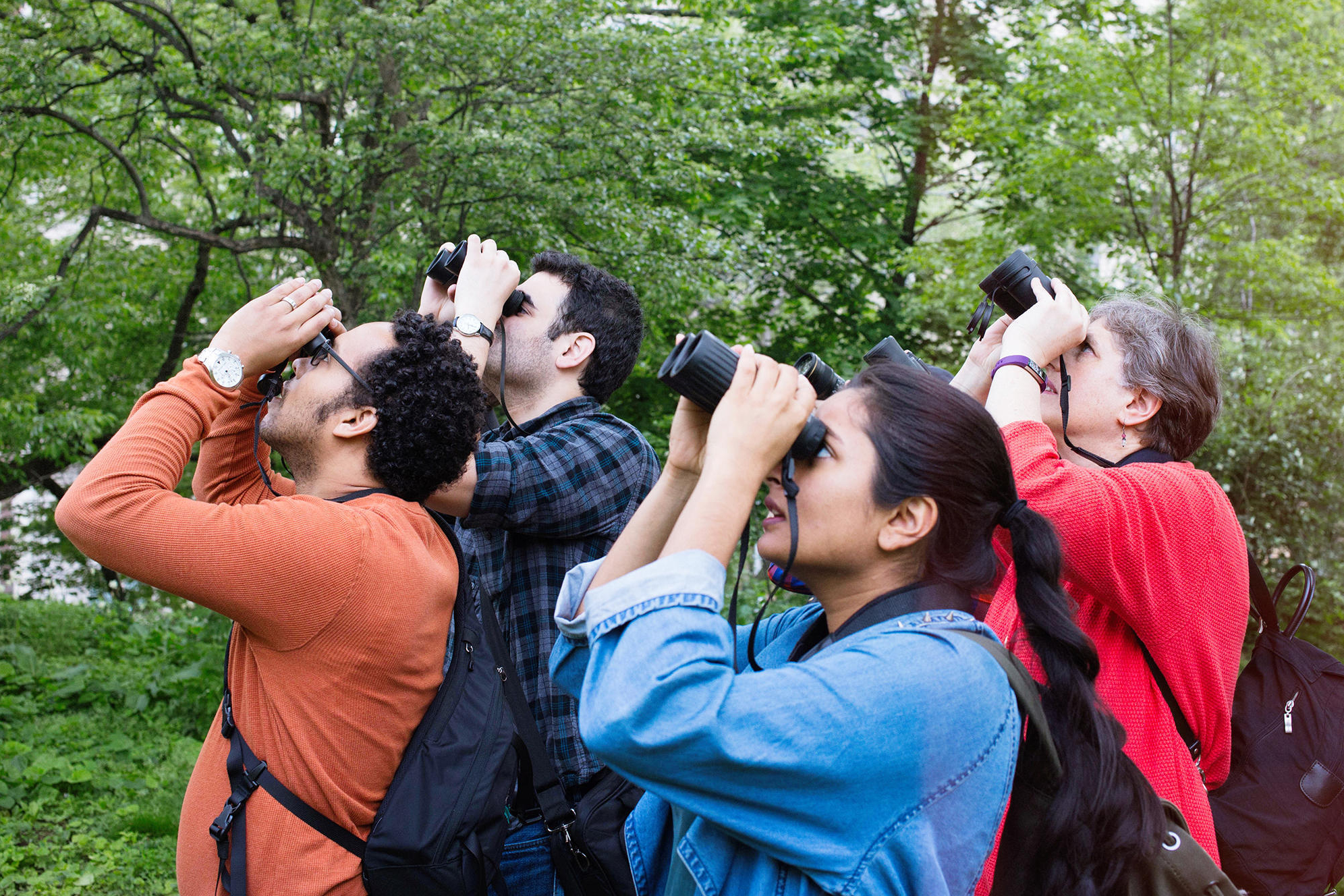Help Track the Effects of Climate Change—and Help the Birds You Love
By Chandler Bryant ABAS Conservation Chair and Climate Watch Coordinator
What’s even better than watching birds? Knowing you’ve done something meaningful to protect them. Join your fellow ABAS members and local community science advocates in working to collect data about climate change and its impacts on our local bird populations and distribution. National Audubon Society’s (NAS’s) “Survival by Degrees” study shows that two-thirds (64%) (389 out of 604) of North American bird species are at risk of extinction from climate change. The good news is that our science also shows that if we take action now, we can help improve the chances for 76% of species at risk.
NAS’s Climate Watch program is a new tool in the toolbox for land managers and NAS scientists to learn how birds are using the landscape and adjusting their ranges based on climate suitability. For example, the Mountain Bluebird is vulnerable because in the vast majority of its summer range, the climate conditions that this bird needs—temperature, amount of rainfall, and other environmental factors—will shift northward and eastward. This bird may be able to move into new areas over time, or it may struggle to adapt.
To test predictions made in NAS’s ‘Survival by Degrees’ study, NAS has developed Climate Watch, which aims to document species’ responses to climate change and test NAS’s climate models by having volunteers in the field look for birds where NAS’s climate models predict they will be in the 2020s. When you participate in NAS’s newest community science project, you’ll give NAS scientists vital data on how birds are faring now—which guides our most effective conservation work to help them adapt. You will be joining hundreds of other science-driven individuals working together to collect large amounts of data to be analyzed to help inform the target of our conservation work to protect birds.
Join ABAS as we participate in NAS’s new community science program, Climate Watch. It is easy to help if you can identify Eastern Bluebirds, White-breasted or Red-breasted Nuthatches, American Goldfinches, or Eastern Towhees, by sight and or sound. Put your bird knowledge to use and help us conduct surveys to see how these species are already responding to climate change in our area. Even if you are a beginning birder, you can help! NAS’s Climate Watch has local coordinator volunteers available to help teach beginners how to identify birds that we will be surveying for, how to correctly survey based on NAS’s study protocol, and how to reserve a “survey square” and “survey points” for your surveys.
The next season of Climate Watch is from May 15 to June 15, 2022. Be sure to check out the Climate Watch website to learn more about participating in this exciting new program including guidance on conducting a safe and socially distant survey. Contact Chandler Bryant, Conservation Chair of ABAS & Local Climate Watch Coordinator, at (765) 210-9618 or at chandlersbryant@gmail.com, for more information about joining. ABAS has created a sign-up for volunteers so we can track who is participating and be sure that we are helping everyone complete the surveys. The link to the sign-up is here: https://forms.gle/ZvF84K2nxeCMenhu9
Grab your binoculars. Birds need your help!
Source: National Audubon Society’s Climate Watch webpage: https://www.audubon.org/news/coordinator-resources-climate-watch
Photo

